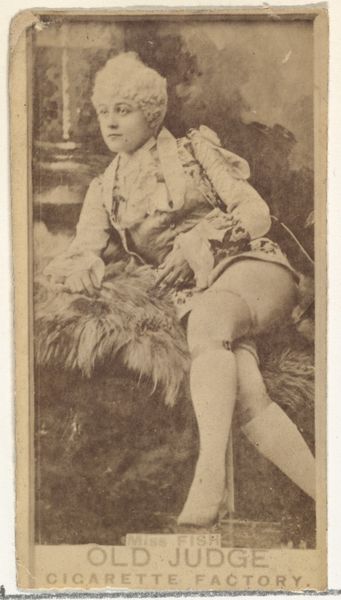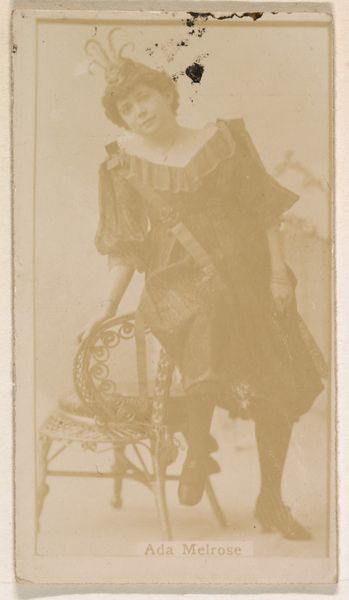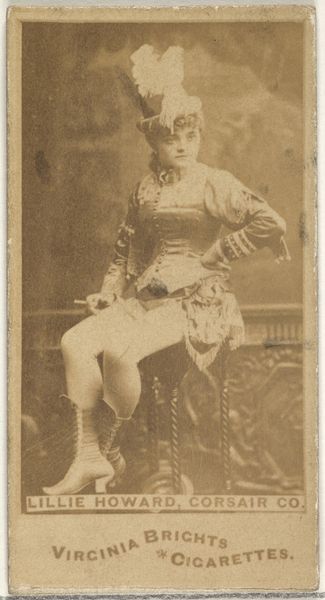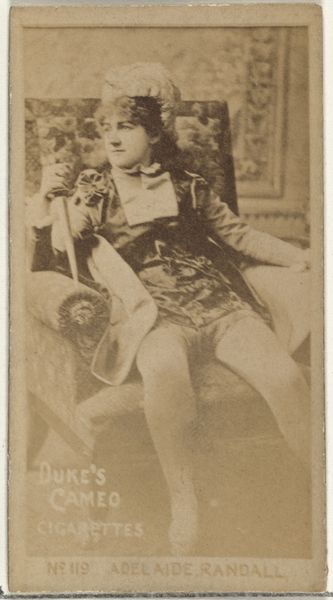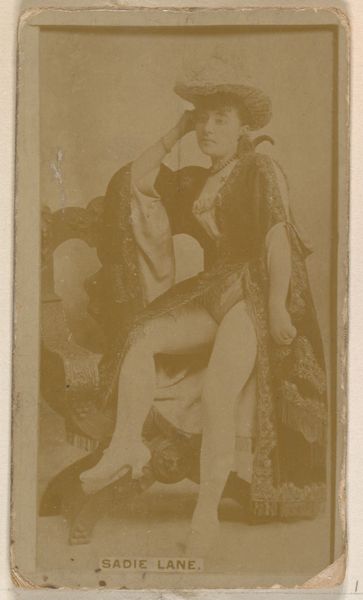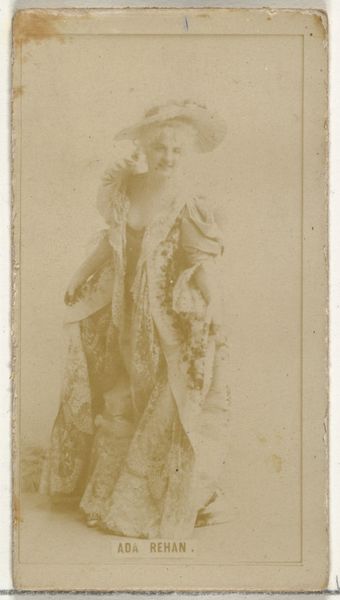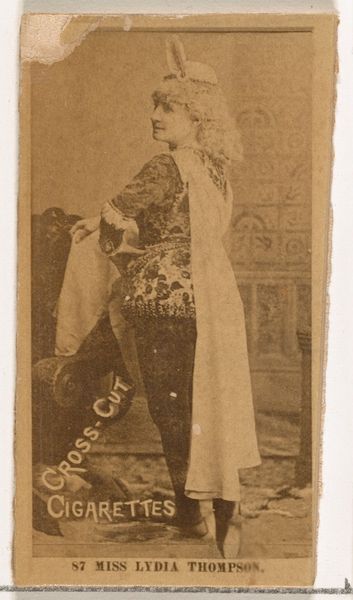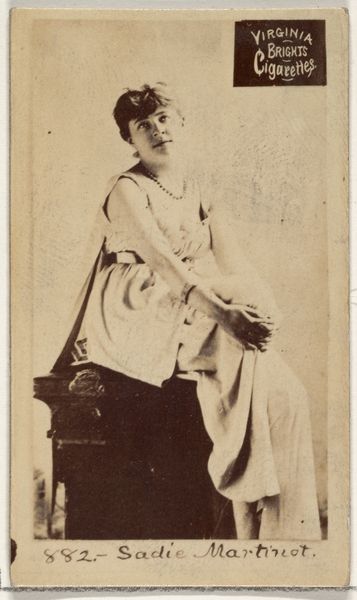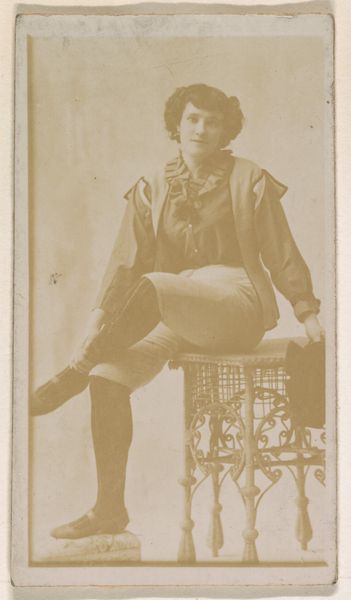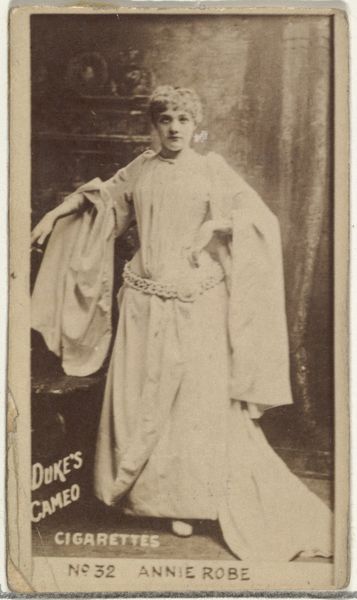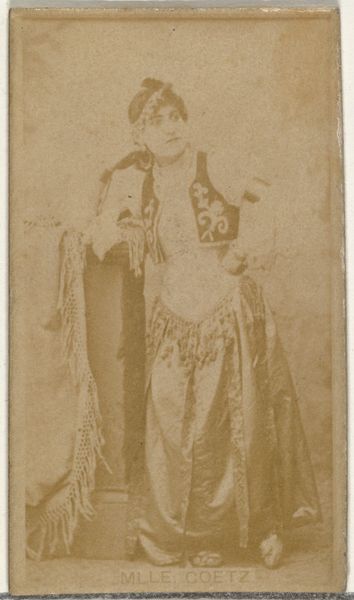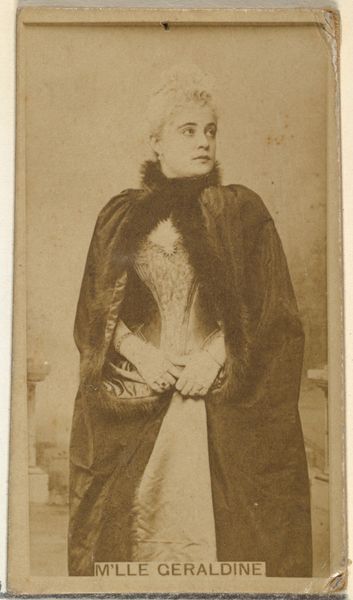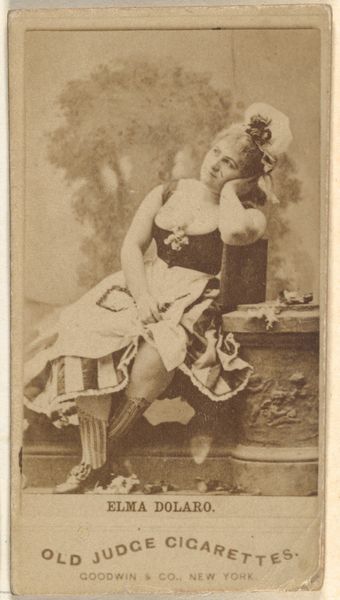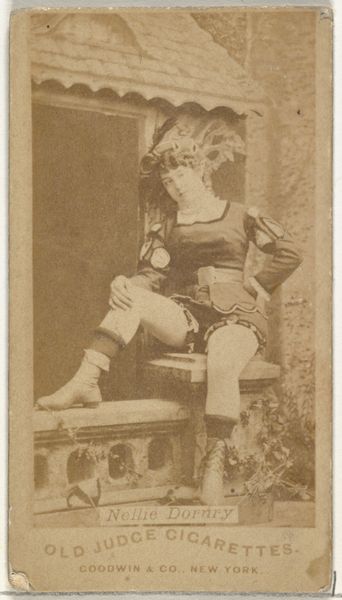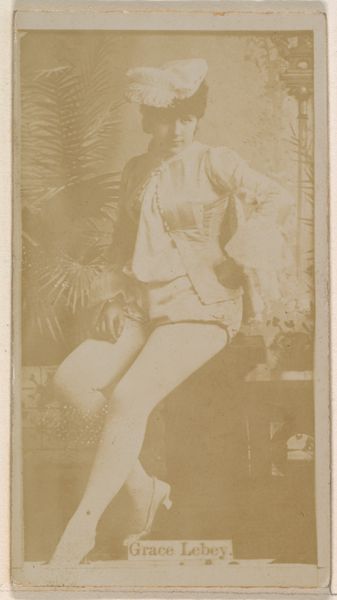
photography
#
portrait
#
photography
#
historical photography
Copyright: Public Domain
Editor: Here we have "Marie Stuart," a photographic print from the 1860s by Pierre-Louis Pierson, housed at the Metropolitan Museum of Art. The image has a kind of sepia tone and depicts a woman dressed in what appears to be period costume. The portrait exudes a performative, almost theatrical air. What do you see in this piece? Curator: It's compelling, isn't it? This portrait speaks volumes about the intersection of power, representation, and the construction of historical narratives. It invites us to question the way historical figures, particularly women like Marie Stuart, are mythologized and repackaged to serve specific socio-political agendas. Consider the original historical figure – Mary, Queen of Scots. Pierson’s portrait participates in an ongoing refashioning. How does that act of costuming, of staging Marie Stuart, relate to ideas of authenticity and historical truth? Editor: That's fascinating. I hadn't really considered it as an active refashioning of identity. Curator: Precisely. Think about the performance of gender, identity, and power in the Victorian era. The photograph, as a medium, gains prominence just as historical dramas and romanticized versions of the past are becoming incredibly popular. This image is not just a portrait, but also a kind of propaganda, prompting reflection on what it meant to be a powerful woman at that time and how it was actively rewritten. Editor: So it’s less about capturing reality and more about crafting a narrative. That really changes my perception of it. Curator: Exactly. By acknowledging the artist’s, and indeed our own, interventions we come closer to grasping photography's complicated role within systems of cultural and historical understanding. Editor: I will definitely be rethinking historical portraiture now, looking at it through a different lens. Thanks!
Comments
No comments
Be the first to comment and join the conversation on the ultimate creative platform.
